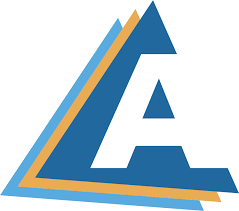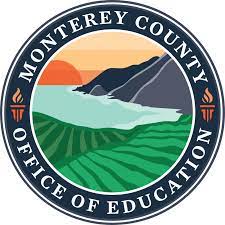MPACT was developed at TERC through a grant from the U. S. Department of Education’s Education Innovation and Research program. The TERC team recognized the potential in students drawing, modeling, and making real 3D objects for learning mathematics—particularly 3D geometry and measurement. They saw that computational thinking and spatial reasoning have many overlaps with mathematics with affordances for learning through 3D modeling, especially for 3D printing.
The design problem they faced was how to make these learning opportunities explicit while students were designing and making, say, a hanging mobile for a community center. In solving this problem, they developed questions for the teacher to ask of students as they circulate among groups as they are making. Further, explicit mathematical activities are tied to specific stages of design making—for example, finding surface area of various 3D shapes while making shapes out of cardstock to hang from the mobile and modeling one for 3D printing. Similar approaches were used for computational thinking and spatial reasoning.
The resulting four design-and-making units for grades 4–7 were evaluated by SRI International. A panel of experts in design thinking, mathematics education, and computer science education rated the materials as excellent. An assessment of content knowledge demonstrated significant learning gains for students. A survey of mathematical self concept did not yield significant results, with both MPACT-using and non-MPACT-using groups making similar small gains.
MPACT units in their final form are available for use and adaptation for non-commercial purposes, with a Creative Commons license. The TERC team can provide professional learning experiences remotely or in person. For further details, contact the TERC team.
Additionally, the materials were designed to promote social and emotional learning, and the development of workplace skills in design—highly sought after in a number of fields—and additive manufacturing in the form of 3D modeling and printing.
Expert Panel
Design thinking: Shelley Goldman EdD, professor emerita of Stanford University
Computational Thinking: David Weintrop PhD, professor of Information Studies at the University of Maryland
Mathematics Education: Heather Lindfers-Navarro PhD, associate professor of Mathematics Education at Northern Arizona University
Partners and Donors
We are grateful for the participation of teachers from North and South Carolina, Virginia, West Virginia, and California for their contributions to developing the units and for using them in their classrooms during the evaluation. Over 50% of these teachers work in rural areas and we learned of the particular needs of those who live in these rural localities.



About TERC
TERC is a nonprofit made up of teams of math and science education and research experts dedicated to innovation and creative problem solving. At the frontier of theory and practice, TERC’s work encompasses research, content and curriculum development, technology innovation, professional development, and program evaluation. TERC has a passion for social justice and strives to create level playing fields for all learners, reaching millions of learners every year.
To learn more, please visit www.terc.edu.
